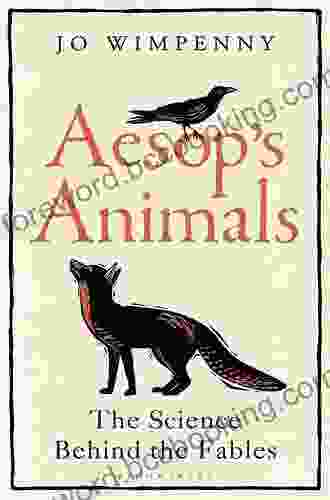Aesop's Animals: The Science Behind the Fables

For centuries, the fables of Aesop have captivated readers of all ages with their timeless wisdom and enduring appeal. These stories, featuring anthropomorphized animals, have taught valuable lessons about human nature, morality, and the consequences of our actions.
4.6 out of 5
| Language | : | English |
| File size | : | 2518 KB |
| Text-to-Speech | : | Enabled |
| Screen Reader | : | Supported |
| Enhanced typesetting | : | Enabled |
| Word Wise | : | Enabled |
| Print length | : | 233 pages |
But what many people may not realize is that the animals in Aesop's fables are not mere fictional characters. Each one represents a real-world species, and the behaviors they exhibit in the stories are often based on scientific truths.
In this article, we will explore the science behind some of Aesop's most famous animals, revealing the fascinating connections between animal behavior and the timeless wisdom they represent.
The Cunning Fox

The fox is often depicted as a cunning and deceptive animal in Aesop's fables. This reputation is well-deserved, as foxes are known for their intelligence and adaptability. They are skilled hunters and are able to outsmart their prey with a variety of tactics.
For example, foxes have been known to use their keen sense of smell to track prey, even when it is hidden. They are also known to play dead or use other forms of deception to lure their prey into a false sense of security.
The cunning of the fox is a reminder that intelligence can be used for both good and evil. It is important to be aware of the potential for deception and to always be on the lookout for those who may be trying to take advantage of us.
The Wise Owl
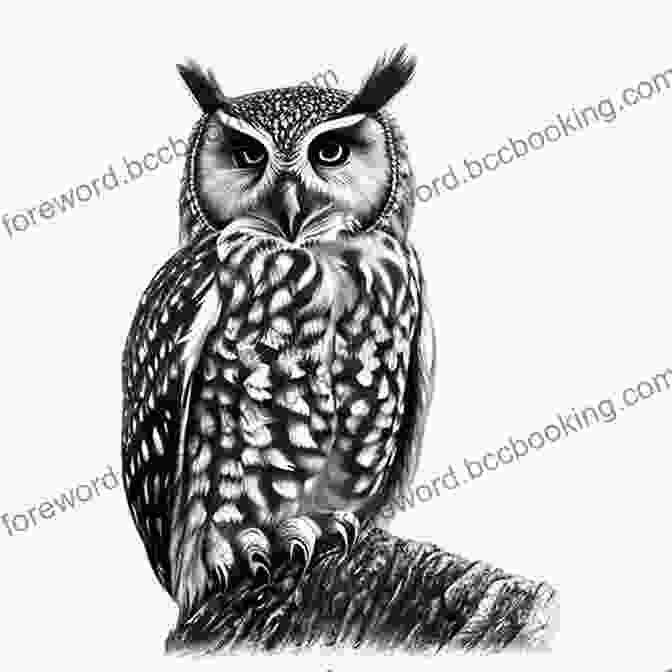
The owl is often seen as a symbol of wisdom and knowledge in Aesop's fables. This reputation is based on the owl's nocturnal habits and its keen eyesight, which allows it to see in the dark.
In the animal kingdom, owls are known for their intelligence and their ability to learn from their experiences. They are also known for their patience and their ability to observe the world around them without being seen.
The wisdom of the owl is a reminder that knowledge and experience can lead to great understanding. It is important to be patient and to always be willing to learn new things.
The Industrious Ant

The ant is often depicted as a hardworking and industrious animal in Aesop's fables. This reputation is well-deserved, as ants are known for their tireless work ethic and their ability to build complex colonies.
In the animal kingdom, ants are known for their ability to work together to achieve common goals. They are also known for their ability to adapt to their environment and to find new sources of food.
The industriousness of the ant is a reminder that hard work and perseverance can lead to great success. It is important to be willing to put in the effort and to never give up on your dreams.
The Lazy Grasshopper
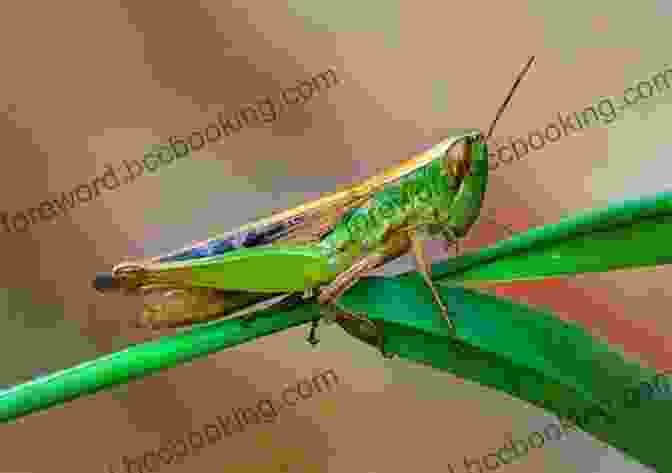
The grasshopper is often depicted as a lazy and carefree animal in Aesop's fables. This reputation is based on the grasshopper's habit of spending the summer months singing and playing, while the ants are hard at work preparing for winter.
In the animal kingdom, grasshoppers are known for their short lifespan and their inability to store food for the winter. This forces them to rely on the ants for food during the cold months.
The laziness of the grasshopper is a reminder that procrastination and laziness can lead to disaster. It is important to be responsible and to always plan for the future.
The animals in Aesop's fables are more than just fictional characters. They are real-world creatures with unique behaviors and adaptations that have inspired timeless lessons about human nature and morality.
By understanding the science behind these animals, we can gain a deeper appreciation for the wisdom that Aesop's fables have to offer. We can also learn valuable lessons about ourselves and the world around us.
4.6 out of 5
| Language | : | English |
| File size | : | 2518 KB |
| Text-to-Speech | : | Enabled |
| Screen Reader | : | Supported |
| Enhanced typesetting | : | Enabled |
| Word Wise | : | Enabled |
| Print length | : | 233 pages |
Do you want to contribute by writing guest posts on this blog?
Please contact us and send us a resume of previous articles that you have written.
 Book
Book Novel
Novel Page
Page Chapter
Chapter Text
Text Story
Story Genre
Genre Reader
Reader Library
Library Paperback
Paperback E-book
E-book Magazine
Magazine Newspaper
Newspaper Paragraph
Paragraph Sentence
Sentence Bookmark
Bookmark Shelf
Shelf Glossary
Glossary Bibliography
Bibliography Foreword
Foreword Preface
Preface Synopsis
Synopsis Annotation
Annotation Footnote
Footnote Manuscript
Manuscript Scroll
Scroll Codex
Codex Tome
Tome Bestseller
Bestseller Classics
Classics Library card
Library card Narrative
Narrative Biography
Biography Autobiography
Autobiography Memoir
Memoir Reference
Reference Encyclopedia
Encyclopedia Helen Pugh
Helen Pugh Mendocino Press
Mendocino Press John Misha Petkevich
John Misha Petkevich Priska Poirier
Priska Poirier Harriott Pinckney Horry
Harriott Pinckney Horry Mason Dean
Mason Dean Jen L Grey
Jen L Grey Hilda Gadea
Hilda Gadea Jack Gatland
Jack Gatland Helmut Kopka
Helmut Kopka Hormel Foods
Hormel Foods Vicky Straker
Vicky Straker Robert P Crease
Robert P Crease Todd Parr
Todd Parr Herminia Ibarra
Herminia Ibarra Henry James
Henry James Helen Azar
Helen Azar Katharine Branning
Katharine Branning Massimo Florio
Massimo Florio Henry M Holden
Henry M Holden
Light bulbAdvertise smarter! Our strategic ad space ensures maximum exposure. Reserve your spot today!
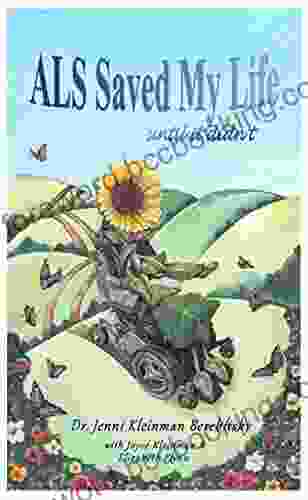
 Clark CampbellAls Saved My Life Until It Didn't: A Poignant Journey Through Love, Loss, and...
Clark CampbellAls Saved My Life Until It Didn't: A Poignant Journey Through Love, Loss, and... Derrick HughesFollow ·14.4k
Derrick HughesFollow ·14.4k Hunter MitchellFollow ·18.2k
Hunter MitchellFollow ·18.2k Ben HayesFollow ·8.9k
Ben HayesFollow ·8.9k Henry Wadsworth LongfellowFollow ·10k
Henry Wadsworth LongfellowFollow ·10k Federico García LorcaFollow ·12.9k
Federico García LorcaFollow ·12.9k Todd TurnerFollow ·6.5k
Todd TurnerFollow ·6.5k Robert Louis StevensonFollow ·6.3k
Robert Louis StevensonFollow ·6.3k Felix CarterFollow ·10.4k
Felix CarterFollow ·10.4k

 Fabian Mitchell
Fabian MitchellUnleash the Adventure: Family Fun in the Black Hills
Nestled amidst the rolling hills...
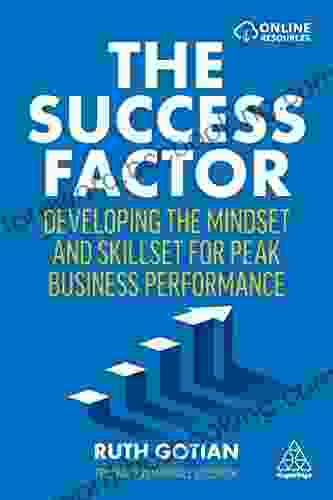
 Alfred Ross
Alfred RossUnleashing Peak Business Performance: A Journey of...
In today's rapidly evolving business...

 Fernando Bell
Fernando BellEmbrace the Prophetic Voice of Howard Zinn: A Journey...
As we navigate the complexities of our...
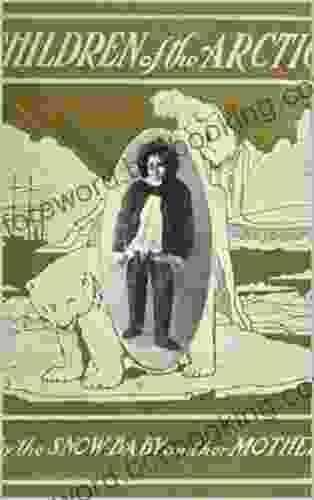
 Jonathan Franzen
Jonathan FranzenChildren of the Arctic: A Literary Expedition to the...
In the annals of...

 Branson Carter
Branson CarterYou Can Be Neutral on a Moving Train: A Transformative...
Welcome, dear reader,...
4.6 out of 5
| Language | : | English |
| File size | : | 2518 KB |
| Text-to-Speech | : | Enabled |
| Screen Reader | : | Supported |
| Enhanced typesetting | : | Enabled |
| Word Wise | : | Enabled |
| Print length | : | 233 pages |


